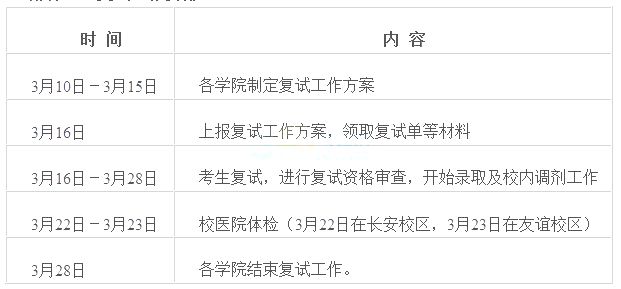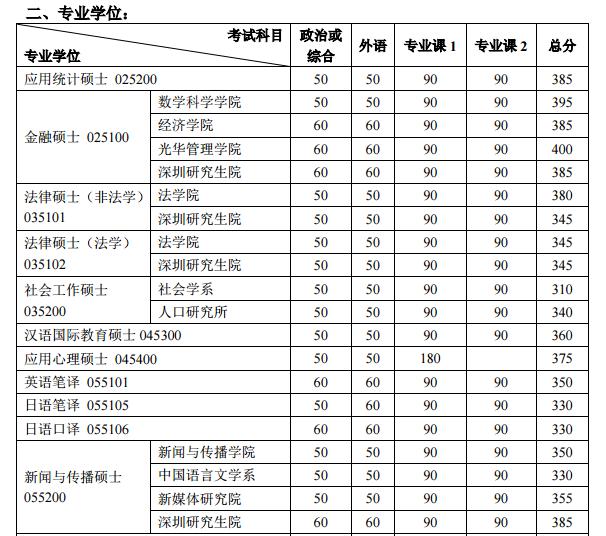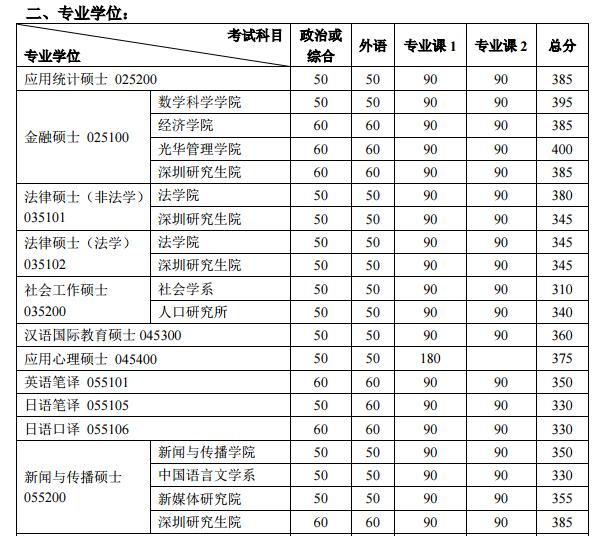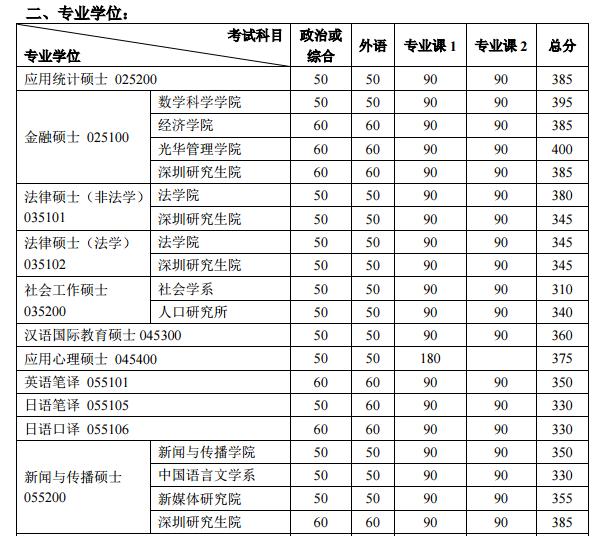实战演练:名师解析考研英语阅读理解真题(二)
|
The Supreme Court's decisions on physician-assisted suicide carry important implications for how medicine seeks to relieve dying patients of pain and suffering. Although it ruled that there is no constitutional right to physician-assisted suicide, the Court in effect supported the medical principle of "double effect", a centuries-old moral principle holding that an action having two effects—a good one that is intended and a harmful one that is foreseen—is permissible if the actor intends only the good effect. Doctors have used that principle in recent years to justify using high doses of morphine to control terminally ill patients' pain, even though increasing dosages will eventually kill the patient. Nancy Dubler, director of Montefiore Medical Center, contends that the principle will shield doctors who "until now have very, very strongly insisted that they could not give patients sufficient mediation to control their pain if that might hasten death." George Annas, chair of the health law department at Boston University, maintains that, as long as a doctor prescribes a drug for a legitimate medical purpose, the doctor has done nothing illegal even if the patient uses the drug to hasten death. "It's like surgery, "he says. "We don't call those deaths homicides because the doctors didn't intend to kill their patients, although they risked their death. If you're a physician, you can risk your patient's suicide as long as you don't intend their suicide." On another level, many in the medical community acknowledge that the assisted-suicide debate has been fueled in part by the despair of patients for whom modem medicine has prolonged the physical agony of dying. Just three weeks before the Court's ruling on physician-assisted suicide, the National Academy of Science (NAS) released a two-volume report, Approaching Death: Improving Care at the End of Life. It identifies the undertreatment of pain and the aggressive use of "ineffectual and forced medical procedures that may prolong and even dishonor the period of dying" as the twin problems of end-of-life care. The profession is taking steps to require young doctors to train in hospices, to test knowledge of aggressive pain management therapies, to develop a Medicare billing code for hospital-based care, and to develop new standards for assessing and treating pain at the end of life. Annas says lawyers can play a key role in insisting that these well-meaning medical initiatives translate into better care. “Large numbers of physicians seem unconcerned with the pain their patients are needlessly and predictably suffering, ”to the extent that it constitutes “systematic patient abuse.” He says medical licensing boards “must make it clear ... that painful deaths are presumptively ones that are incompetently managed and should result in license suspension.” 36. From the first three paragraphs, we learn that [A]doctors used to increase drug dosages to control their patients' pain. [B]it is still illegal for doctors to help the dying end their lives. [C]the Supreme Court strongly opposes physician-assisted suicide. [D]patients have no constitutional right to commit suicide. 37. Which of the following statements its true according to the text? [A]Doctors will be held guilty if they risk their patients' death. [B]Modern medicine has assisted terminally ill patients in painless recovery. [C]The Court ruled that high-dosage pain-relieving medication can be prescribed. [D]A doctor's medication is no longer justified by his intentions. 38. According to the NAS's report, one of the problems in end-of-life care is [A]prolonged medical procedures. [B]inadequate treatment of pain. [C]systematic drug abuse. [D]insufficient hospital care. 39. Which of the following best defines the word “aggressive" (line 3, paragraph 7)? [A]Bold. [B]Harmful. [C]Careless. [D]Desperate. 40. George Annas would probably agree that doctors should be punished if they [A]manage their patients incompetently. [B]give patients more medicine than needed. [C]reduce drug dosages for their patients. [D]prolong the needless suffering of the patients.
名师解析 36. From the first three paragraphs, we learn that 从前三段我们得知 [A] doctors used to increase drug dosages to control their patients’ pain. 医生过去常常增加药物剂量来控制病人的病痛。 [B] it is still illegal for doctors to help the dying end their lives. 医生帮助病危者结束生命仍然是违法的。 [C] the Supreme Court strongly opposes physician-assisted suicide. 最高法院强烈反对医助自杀。 [D] patients have no constitutional right to commit suicide. 病人没有宪法赋予的自杀权利。 【答案】 B 【考点】 事实细节题。 【分析】 本题针对第一到第三段的所有内容进行了测试,选项[A]的相关信息可以定位到第三段,但是文中说“近几年医生才用这个原则为自己的行为辩护”。文中无法得出“过去常常”的说法。选项[B]可以定位到第二段,文中提到“宪法没有赋予这样的权利”。所以可以说,本答案是正确的。选项[C]可以定位到第二段,但是法院是支持这样的做法的。至于[D],显然是错的。 37. Which of the following statements is true according to the text? 根据文章,下面哪一个说法是正确的? [A] Doctors will be held guilty if they risk their patients’ death. 如果医生冒病人生命的危险,他们将被判有罪。 [B] Modern medicine has assisted terminally ill patients in painless recovery. 现代医学已经帮助晚期病人进行无痛康复。 [C] The Court ruled that high-dosage pain-relieving medication can be prescribed. 法院判决,医生可以开大剂量的镇疼药。 [D] A doctor's medication is no longer justified by his intentions. 医生用药是否合法不再取决于他的意图。 【答案】 C 【考点】 事实细节题。 【分析】 由于本题属于事实细节判断题,所以只有对每一个选项都进行辨析。选项[A]可以定位到第五段“Annas”的话。话中提到“只要医生不是想杀死病人,那么他们的死亡就不能被称为谋杀”。因此可以判定[A]不正确。[B]说病危者的无痛康复,在文中没有提到康复问题。[C]可以从第二段中找到,高等法院认为只要医生是出于好意,则可以去做。因此可以得出[C]是正确的。[D]错误是因为事实上,医生的意图在对于行为是否合法上面是非常重要的。 相关文章>>>>>> 实战演练:名师解析考研英语阅读理解真题(一) 实战演练:名师解析考研英语阅读理解真题(三) 实战演练:名师解析考研英语阅读理解真题(四) 相关Tags:英语阅读 |








